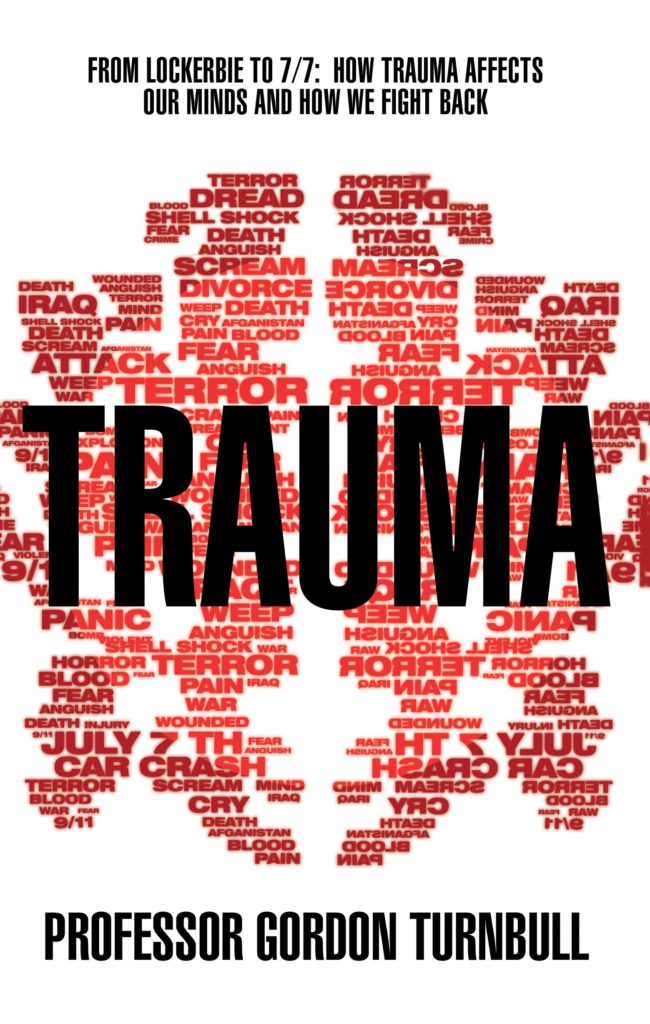
Ten years ago, I used to belong to an organisation called Bridge Builders. This group, with links to the Mennonite Church, specialises in training church people to take part in mediation and sorting out the conflicts that inevitably affect churches from time to time. Although I was on a list of possible mediators for a time, the few requests that came in were impracticable for reasons of geography or timing. So, my potential skills as a mediator were never properly tested. The training was not however a waste of time. What I learned about mediation has proved useful in other contexts, not least in trying to understand the extraordinary problems that seem to bedevil the relationships between abuse survivors and the authorities of the church.
I should start by saying that mediation skills are designed to help two groups/individuals or more who are in conflict or strong disagreement with one another. The assumption is that each side diverges in the matter of a strongly held principle. It may be a local matter or a theological principle like the ordination of women or the gay issue. There also may be a conflict of leadership styles between a minister and his assistant. Mediation as a process is not appropriate as a way of bridging a chasm between an abuse perpetrator and their victim. The break that will have occurred in the course of an abuse episode between a victim/survivor and the offending institution/perpetrator cannot be repaired through the skills of a mediator. Mediation skills are about getting two more or less equal sides to listen to one another and to work out a way forward. The attempt to make a victim listen to the self-justifying rhetoric of a perpetrator will probably be counter-productive and potentially the cause of further harm to the victim. Victims need protection from having to deal with the delusional and narcissistic attitudes of their abusers.
As I thought about the way that mediation has little to offer in abuse situations, I began to think of conflict situations where such a process might be useful in congregations. The analogy that I began to explore in my mind was one of a boys’ school. Based on my memories of what used to take place in such institutions some 55 years ago, I began to see how words like mediation, reconciliation and forgiveness might work in this context. The first scenario would be two school boys in a situation of conflict as the result of a long-standing rivalry. They could be in competition over a girl friend or who should be the captain of a sport’s team. For various reasons the rivalry might reach such a pitch that someone could suggest mediation. Mediation could work if both sides accepted the process. The causes of rivalry would be heard out in a calm environment and hopefully a new understanding of the issues would be reached by both sides.
In contrast to a rivalry potentially resolved by mediation, we encounter in our imaginary boys’ school a situation of bullying, physical or mental. Such situations are hard to resolve and certainly the methods used would not be those of mediation. When one person has been bullied or damaged by another, the process of making things right will be costly and for that reason seldom attempted. Issues like justice and compensation will all have to be worked out if there is to be a path towards full resolution and reconciliation. A third party who wanted to help achieve this healing would have to be wise in all these areas of human interaction. There is nothing easy or automatic about bringing people together who have been divided by an act of cruelty or gratuitous misuse of power.
A further level of complexity is reached when, at our school, a boy with prefect’s responsibility misuses his power. For someone to bring full reconciliation into the situation, the school leaders would have to be involved as it was the power afforded to him by the school authorities that has been misused. In practice the issue would probably not be properly faced but, if it were, one possible outcome would be that the prefect would be disciplined or demoted. Clearly power, when given to an individual, needs to be seen to be used consistently and fairly. It is only in a corrupt institution that a misuse of institutional power is routinely covered up as a way of protecting the reputation of the whole school. When this reputation becomes more important than the attempt to promote good relationships at every level, then something has been compromised and even destroyed.
It will be clear that, in describing a hypothetical school that is trying to do the correct thing in repairing relationships and making them as right as possible, I could be describing the Church. Mediation for one kind of dispute is possible while the gifts of forgiveness and reconciliation can be deployed for others. Being at peace with others is an aim to work for in every congregation and perhaps, under the leadership of exceptional clergy, something near it can be achieved. But the disease of misusing institutional power is so common that it is sometimes very hard to find the place of safety and shalom for which all long. Sometimes we even forget to expect it because a culture of bullying and power games has become endemic in many of our congregations. Everyone learns to avoid closeness or trust, even while paying lip service to notions of love and mutual acceptance.
To return to an earlier blog on institutional narcissism, the Church all too easily becomes mired in institutional dysfunction without really realising that there is anything wrong. It is the casual mistreatment of the weak and abused to protect the interests of the strong that is the serious accusation of many survivors at present. If they are wrong is making the claim that survivors are routinely neglected and ignored, then we need to see the evidence to refute it. I have not seen it.








